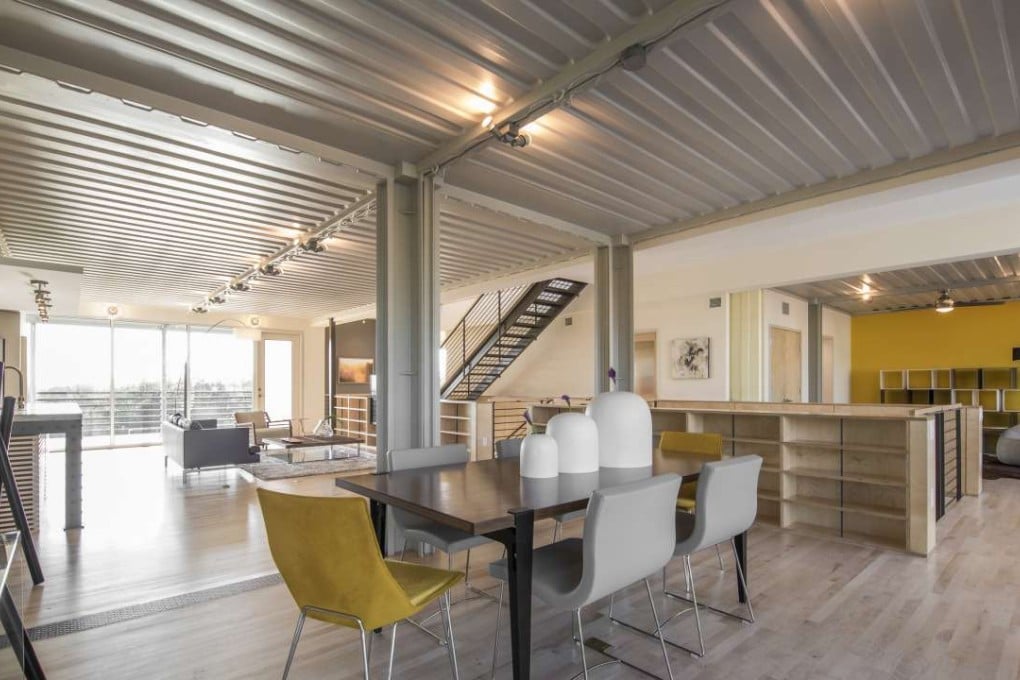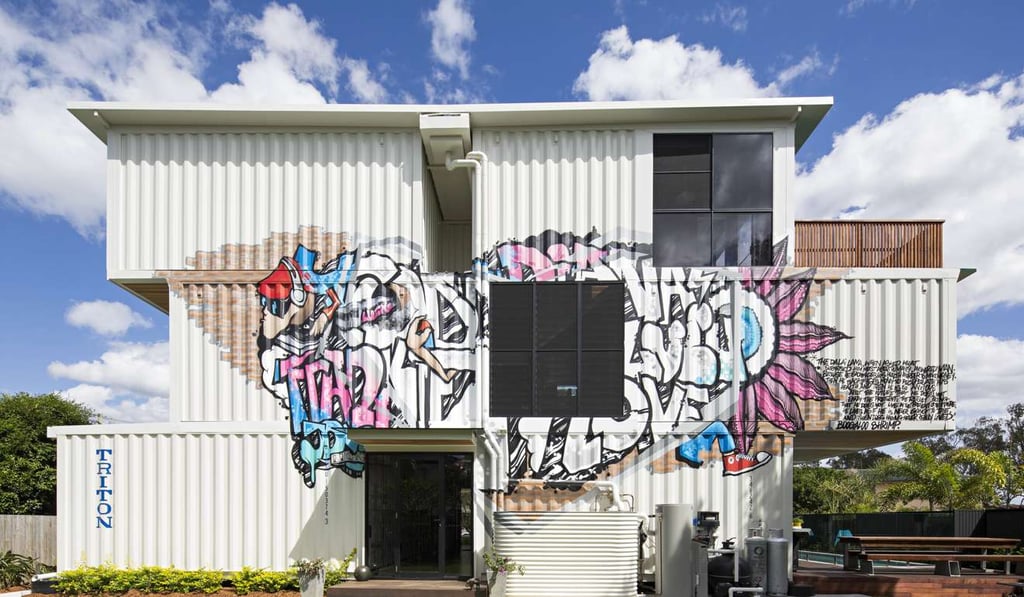After circling the globe for years, shipping containers finding a new meaning to life
Container homes have cost as little as US$20,000 – a one-room cabin built by a Canadian engineer in 2012

In a city that boasts more skyscrapers than anywhere else in the world – and nearly three quarters of them used for housing, according to the Council on Tall Buildings and Urban Habitat data base – it’s hard to imagine anyone in Hong Kong choosing to live in a shipping container.
South Korean architect Younjin Jeong asks, why not? The co-founder and creative director of Seoul-based studio Urbantainer, has built a whole shopping mall out of 200 shipping containers (called Common Ground, an experimental project in Seoul’s Gwangjin District), and sees the concept as an urban housing solution for millennials in a city such as ours.

Its pre-fabrication construction method reduces build time by 50 per cent, and cost by 15 per cent, Jeong says. Given that millennials cannot hope to afford conventional housing in dense cities today, mass-produced containers – or mobile architecture, as Jeong calls it, has advantages “not only for mega cities but also for developing countries in the future”.
Container architecture is a sub-culture gaining ground in overseas locations – from Denmark to Canada to Australia – but rarely seen in the urban setting.
The arguments for, usually lead with cost and environmental factors. Owner-builders say that their container home have cost them as little as US$20,000 (a one-room cabin built by a Canadian engineer in 2012) or US$40,000 (a 1,000 square foot home for a Costa Rica family).